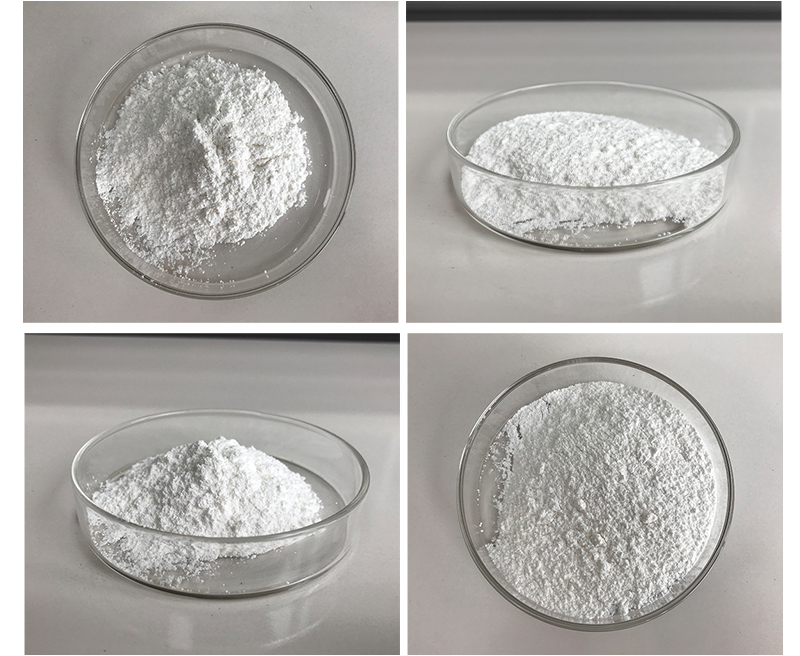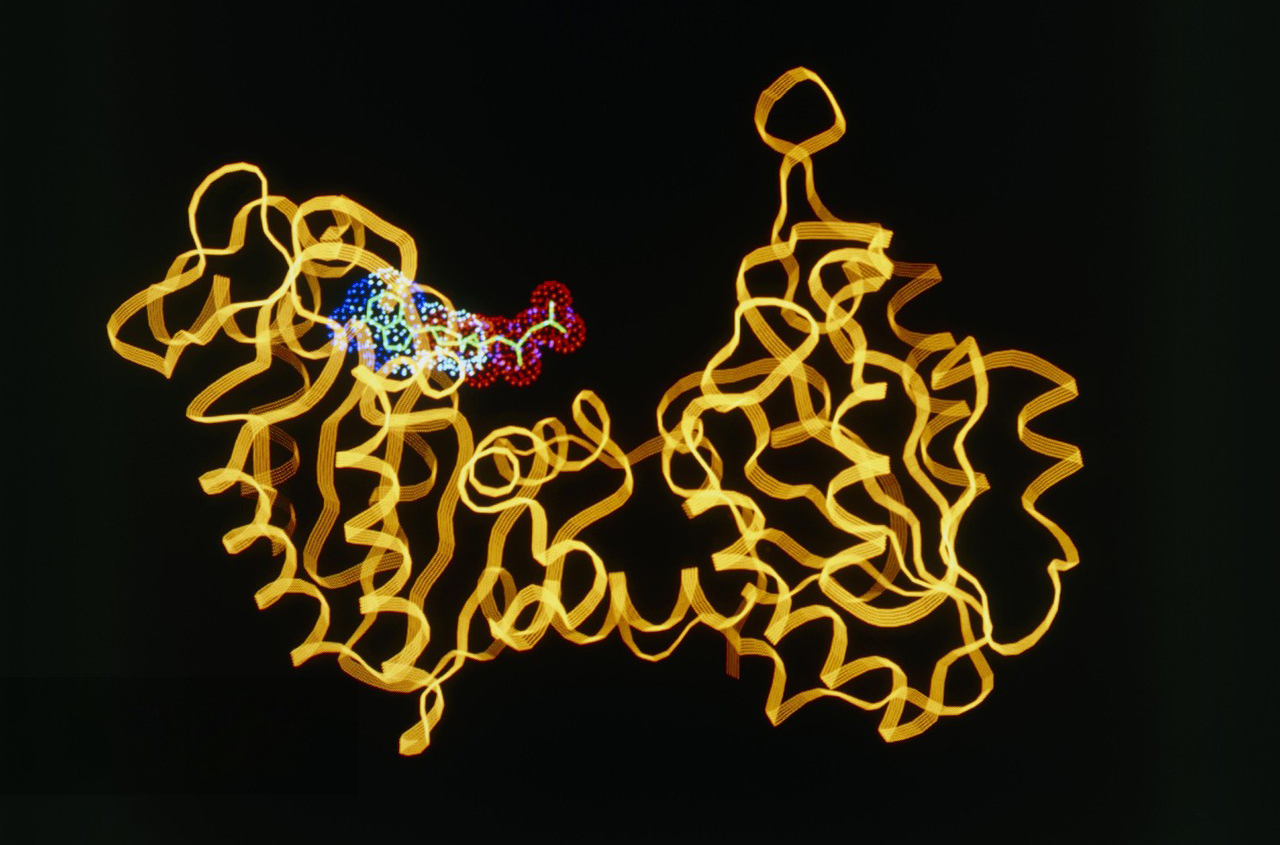The synthesis of Adenosine Triphosphate (ATP) is a fundamental biological process, as ATP serves as the primary energy currency of cells. ATP synthesis occurs mainly through two key mechanisms: substrate-level phosphorylation and oxidative phosphorylation.
1. Substrate-Level Phosphorylation
In this process, Adenosine Triphosphate is produced directly in a metabolic pathway when a phosphate group is transferred to ADP (adenosine diphosphate) from a donor molecule (substrate). This process does not require oxygen and occurs in two primary places:
- Glycolysis: A metabolic pathway occurring in the cytoplasm, where glucose is broken down into pyruvate, generating a small amount of Adenosine Triphosphate.
- Citric Acid Cycle (Krebs Cycle): Occurs in the mitochondrial matrix, where Adenosine Triphosphate (or GTP) is produced through substrate-level phosphorylation along with electron carriers (NADH, FADH₂) for use in the next stage.

2. Oxidative Phosphorylation (Chemiosmosis)
This is the primary method by which most cells generate Adenosine Triphosphate. It takes place in the inner mitochondrial membrane and involves two key processes:
- Electron Transport Chain (ETC): Electrons from NADH and FADH₂, produced during glycolysis and the citric acid cycle, are passed along a series of protein complexes embedded in the inner mitochondrial membrane. This electron transport creates a proton (H⁺) gradient by pumping protons into the intermembrane space.
- ATP Synthase: The proton gradient across the mitochondrial membrane generates potential energy. Protons flow back into the mitochondrial matrix through a protein complex called Adenosine Triphosphate synthase, driving the phosphorylation of ADP to ATP. This process is coupled to the reduction of oxygen to water, making it an aerobic process.
Steps of Oxidative Phosphorylation:
- Electron Transfer: NADH and FADH₂ donate electrons to the ETC.
2. Proton Pumping: As electrons move through the ETC, protons (H⁺) are pumped from the mitochondrial matrix to the intermembrane space.
3. Proton Gradient Formation: A high concentration of protons builds up in the intermembrane space, creating an electrochemical gradient (proton motive force).
4. Chemiosmosis: Protons flow back into the matrix via Adenosine Triphosphate synthase, which uses this flow to generate ATP from ADP and Pi (inorganic phosphate).

Overall Adenosine Triphosphate Yield:
- Glycolysis: 2 Adenosine Triphosphate (substrate-level phosphorylation)
- Citric Acid Cycle: 2 Adenosine Triphosphate (substrate-level phosphorylation)
- Oxidative Phosphorylation: ~26-28 Adenosine Triphosphate (from NADH and FADH₂ generated in earlier stages)
In total, about 30-32 Adenosine Triphosphate molecules are synthesized from the complete oxidation of one molecule of glucose.
This Adenosine Triphosphate synthesis is essential for fueling various cellular processes, such as muscle contraction, active transport, and biosynthesis.
